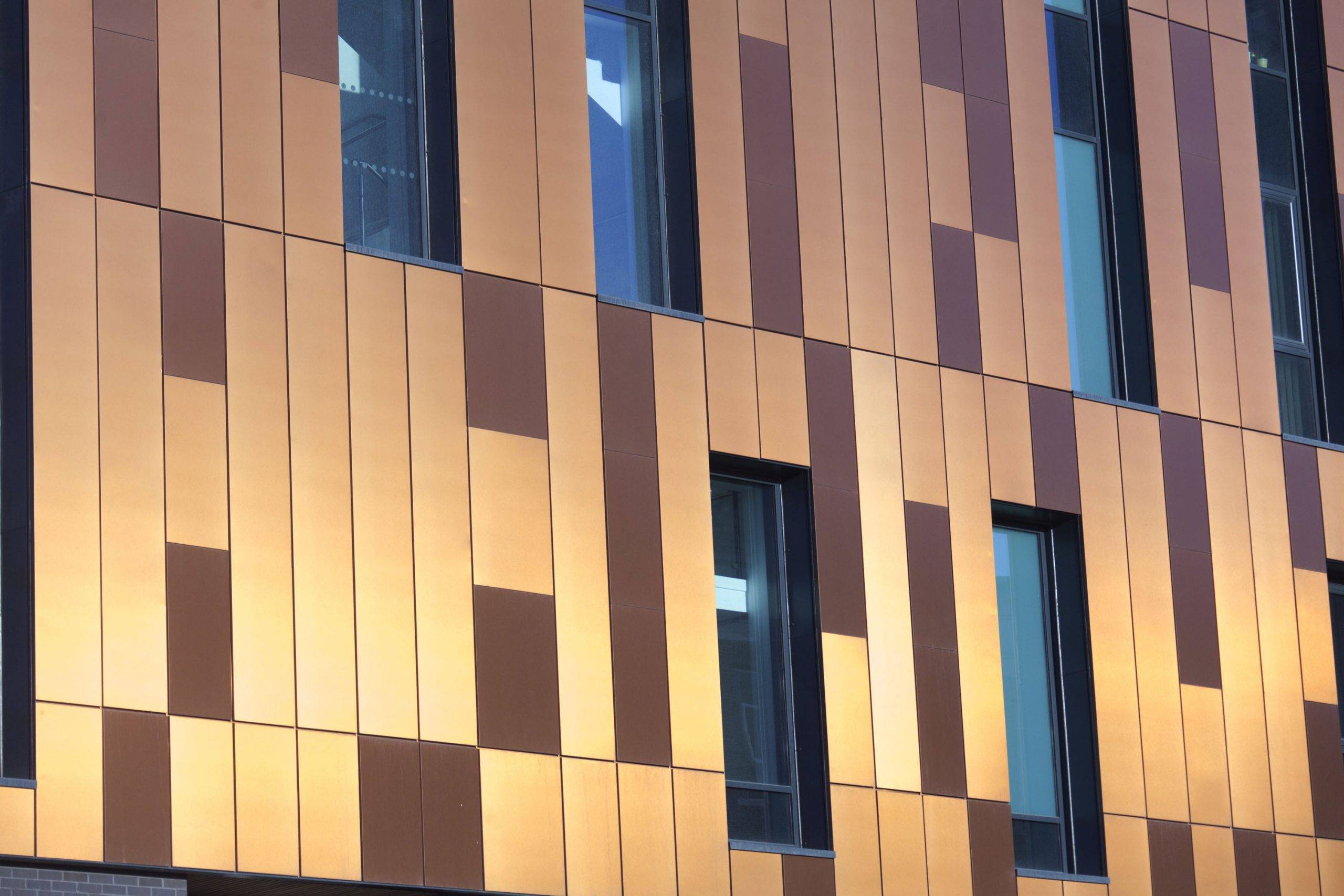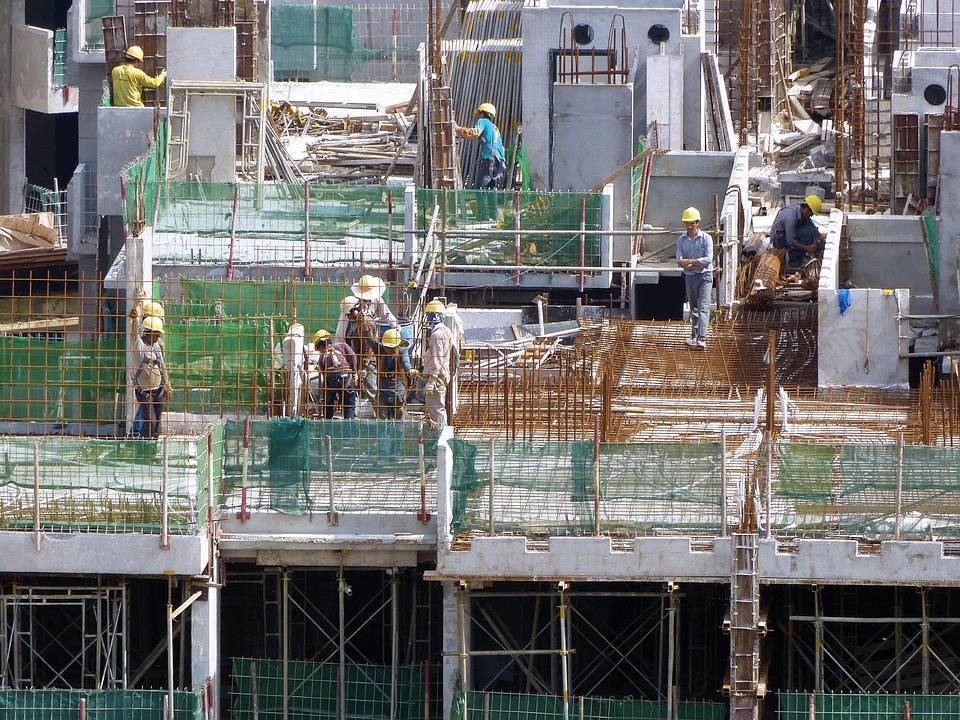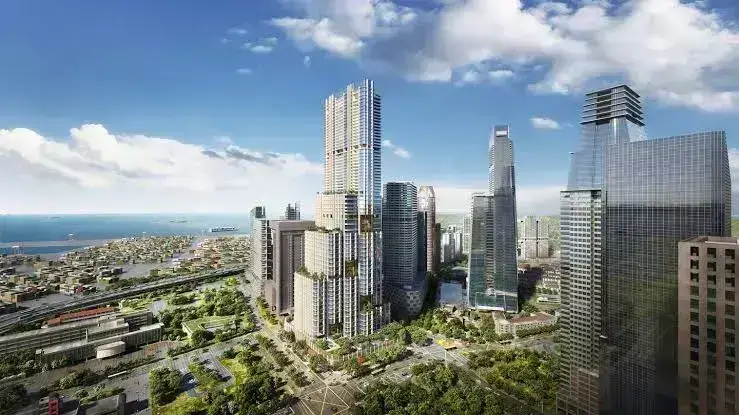The national capital of India witnessed a shocking deterioration in the quality of air as the total Air Quality Index (AQI) of the city increased from 362 to 425. Consequently, the administration was compelled to put into effect Stage III of the Graded Response Action Plan (GRAP) without delay. It is, therefore, the first instance of the city having reached the 'severe' level during the current winter season.
According to the Central Pollution Control Board (CPCB) data, which can be accessed through the Sameer app, 34 out of 39 monitoring stations in Delhi showed a 'severe' level of AQI at 7 a.m. Various points were almost hitting the maximum value of the scale: Bawana (462), Wazirpur (460), Mundka (452), and Punjabi Bagh (452).
What "Severe" Means: Health & Hazard?
An Air Quality Index (AQI) over 400 is categorized as 'severe'. At such levels, even strong healthy individuals may have a respiratory system that becomes uncomfortable (they may have a persistent cough, throat irritation, and shortness of breath).
Among these people, the mentioned groups of children, elderly people, pregnant women, and individuals with respiratory or cardiovascular diseases are extremely sensitive to such situations. They may develop allergic asthma, aggravation of chronic bronchitis, and increased risk of cardiac events along with other symptoms worsened, etc.
Moreover, if the exposure continues for a long time, the probability of a permanent lung injury and systemic inflammation will be elevated.
The CPCB divides the AQI into categories as follows: satisfactory (51–100), moderate (101-200), poor (201-300), very poor (301-400), and severe (401+).
Reasons for Authorities to Activate GRAP-III?
GRAP level III is intended to quickly reduce most of the absolutely local sources of pollution when AQI goes beyond 400 and the forecast indicates the pollutants will remain or increase. According to a CAQM official, this step was taken due to the fact that pollutant concentrations had increased at most of the monitoring stations and the meteorological conditions - mainly low wind speeds and temperature patterns - did not favour dispersion of the pollutants.
GRAP is designed to be progressively triggered: Stage I (moderate/poor), Stage II (very poor), Stage III (severe), and Stage IV (severe-plus). Each step comes with additional limitations aimed at cutting emissions from construction, vehicles, industry, and open burning.
What Stage III Limits — Full List As Enforced
According to the latest decree, the following activities have been stopped or limited in Delhi, Gurugram, Faridabad, Ghaziabad, and Noida:
- Non-essential construction & demolition activities have been completely banned. Such activities which include earth excavation, piling, trenching for sewer/water/telecom/electric lines and any other operations which result in the release of dust should not be carried out. The Ready-Mix Concrete (RMC) batching plants and stone crushers besides the places where they are used for non-essential activities should stop their operations as well.
- Private vehicles powered by BS-III petrol and BS-IV diesel engines of less than 1,500 cc are banned in the NCR. In the areas affected by this measure, petrol-powered vehicles using BS-III technology, and diesel-powered vehicles using BS-IV technology, that emit less than 1,500 cc, are not allowed to operate.
- Diesel Commercial Vehicle Restriction — Non-essential BS-IV medium goods vehicles (MUV) and BS-IV or below light commercial vehicles (LCVs) that are registered outside Delhi are not allowed except for the supply of essential goods, medical supplies, and emergency services.
- Private companies are encouraged to provide their employees with work-from-home or hybrid work options that can help cut down on traffic and related emissions.
- Schools up to Class 5 are mandated to shut down and shift to online modes of teaching aiming at protecting children from exposure.
Exemptions — Essential public projects such as railways, metros, airports, defense, sanitation, healthcare can continue but must strictly follow dust suppression and waste management practices.
Enforcement teams and the civic bodies have been deployed to check on the locations, ensure vehicle compliance and penalize breaches.
Root Causes: What’s Driving This Spike?
The extremely poor air quality index (AQI) that the city has experienced is the result of a mixture of factors and conditions that include the following:
Local emissions
The main causes for the NOx and PM emissions have been identified to be vehicular pollution, in particular, those from older petrol/diesel vehicles and heavy-duty diesel engines. Among the urban sources of coarse particulate matter (PM10), construction and demolition activities have been identified as leading to the release of dust.
Regional contributions
Burning of crop residues in the neighbouring agricultural areas is a seasonal source of smoke and fine particles (PM2.5) that, under certain wind directions, move into the NCR. Emissions from industries in the surrounding districts and small-scale units contribute to the pollutant load.
Meteorology
Winds that do not change direction and temperature inversions that trap pollutants near the surface do not allow for vertical mixing and dispersal. Colder than normal temperatures and reduced planetary boundary layer height typical of early winter further increase concentrations.
Secondary pollutant formation
Pollutant emissions in the atmosphere (for example, between NOx and volatile organic compounds) may react chemically to form secondary particulates and ozone and thus air quality may get worse even if no fresh emissions are released.
Enforcement on Ground: What to Expect
- Traffic checks — the traffic police have been given the task of verifying vehicle emission certificates and are allowed to seize older BS-III/BS-IV vehicles that are found to be in violation of the ban and are still operating.
- Construction inspections — municipal teams along with DPCC inspectors will be present at the sites in full swing; a ban violation of construction can lead not only to the stoppage of the work but also to monetary penalties.
- Dust control measures — the water sprinkling will be done on major roads and at construction sites that are dusty; the anti-smog guns will be installed in those places where are the most polluted.
- Industry monitoring — checks on emissions and fuel usage for the units that have been notified; may attract penalties if complied with, according to environmental regulations.
Officials have stated that there will be a gradual increase in the enforcement activities throughout the NCR area and that the residents are able to witness the frequent compliance drives till the AQI gets better.
Real Estate Developers Seek Targeted Restrictions as Blanket Construction Ban Threatens Project Timelines
Developers propose a site-specific strategy, allowing construction at locations where air quality is still under GRAP Stage III limits, rather than putting a ban that applies to the whole area. A system with such a calibration, according to them, would safeguard health while lessening the negative impact on the economy, would avoid too many delays in projects, and would also ensure that environmental protection measures are continuously followed. They sdhared insights to Hinfustan Times.
Development firms have also stated that construction works resulting in low pollution and dust emission should be allowed to go on, if they are in compliance with regulations on the management of C&D waste.
“Projects registered under RERA already follow strict environmental standards and should be permitted to proceed as essential construction activities under proper supervision. Allowing these regulated projects to continue under careful monitoring will help strike a balance between public health needs and economic priorities, reduce project delays, and ensure adherence to environmental safeguards," said Praveen Jain, president, NAREDCO.
He added that construction should be allowed at sites where air quality consistently remains below the GRAP Stage III threshold, creating a fair, site-specific system instead of imposing a blanket ban that halts all activities.
A study conducted by NAREDCO Haryana in collaboration with IIT Delhi for GRAP Stage III and IV has provided several practical recommendations to enable construction activities without causing significant pollution. These include adopting aluminum shuttering, promoting monolithic construction techniques that produce significantly less debris compared to traditional methods, using hydraulic rebar cutters instead of abrasive saw cutters for reinforced bars, and allowing painting and related activities to continue since their contribution to pollution was found to be less than 11%.
The study also recommends that Concrete Batch Mix Plants may be operated within construction sites under strict pollution control measures, minimizing external vehicular movement and associated emissions.
“As every construction site is equipped with real-time pollution monitoring sensors, with continuous data shared directly with the CPCB. Sites that consistently record air quality levels below the GRAP Stage III threshold should be allowed to operate,” Jain added.
However, Dinesh Gupta, President, CREDAI Western UP, cautioned that the air quality situation in Delhi-NCR has reached a severe level. “We urge all our members and developers to strictly follow pollution-control guidelines, including regular water sprinkling, covering construction sites and debris, minimizing the use of diesel generators, and adopting eco-friendly energy sources.”
Mr. Pradeep Aggarwal, Founder & Chairman, Signature Global (India) Ltd, said, "As a responsible developer in Delhi-NCR’s real estate market, we fully support the government’s decision to implement Stage III of the Graded Response Action Plan (GRAP) to safeguard public health. While temporary restrictions on construction may cause short-term adjustments, such measures are important for ensuring environmental sustainability and public well-being. Our teams are ensuring full compliance at sites while continuing to adopt advanced dust-mitigation systems, covering of raw materials, and on-site greenery to minimise air pollution. We believe that long-term progress must align with responsible and sustainable development."
Mr. Ashok Kapur, Chairman, Krishna Group and Krisumi Corporation, said, "As a law-abiding corporate organisation, we are fully committed to adhering to the GRAP norms in both letter and spirit. However, several studies have indicated that the construction sector is not among the biggest contributors to pollution. Imposing a blanket ban therefore disrupts construction timelines, ultimately affecting homebuyers and retail customers. More importantly, it impacts the livelihoods of one of the most vulnerable sections of society — the labour workforce. While we fully support the intent behind these measures, there is an urgent need for all stakeholders to come together and work towards a more balanced and sustainable solution to this recurring challenge."
If Things Worsen — What Stage IV Would Entail
- Usually, Stage IV (the most stringent) might comprise:
- Non-permission of the entry of trucks that are not essential except for those ones that carry vital goods.
- Totally turning off non-essential industries and commercial activities.
- Almost shutting down the construction works, the closure may extend even to government projects.
- Implementation of tighter mobility restrictions with a purpose of lessening the use of private vehicles.
The very conception of Stage IV is close to those continuous, deepening, and lasting episodes of pollution, and it is only used in situations when all other measures have proved inadequate in lowering pollutant concentrations.
Updates- Where to Watch
In the case of AQI per station and pollutant breakdowns, one can get the most up-to-date readings from the CPCB Sameer app and each state pollution control board. Official information about GRAP activations and compliance notices can be obtained from local municipal websites and CAQM releases. Delhi’s transition to GRAP-III is just a temporary emergency reaction to a deeply rooted seasonal problem. The strategies programmed are meant to quickly achieve the decrease of those emissions that could easily be avoided , but the level of their effectiveness is dependent upon enforcement and public cooperation.









.png)